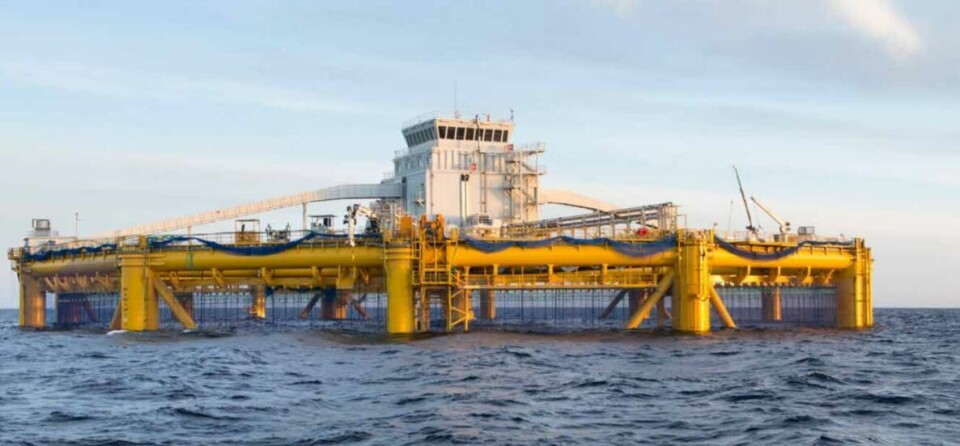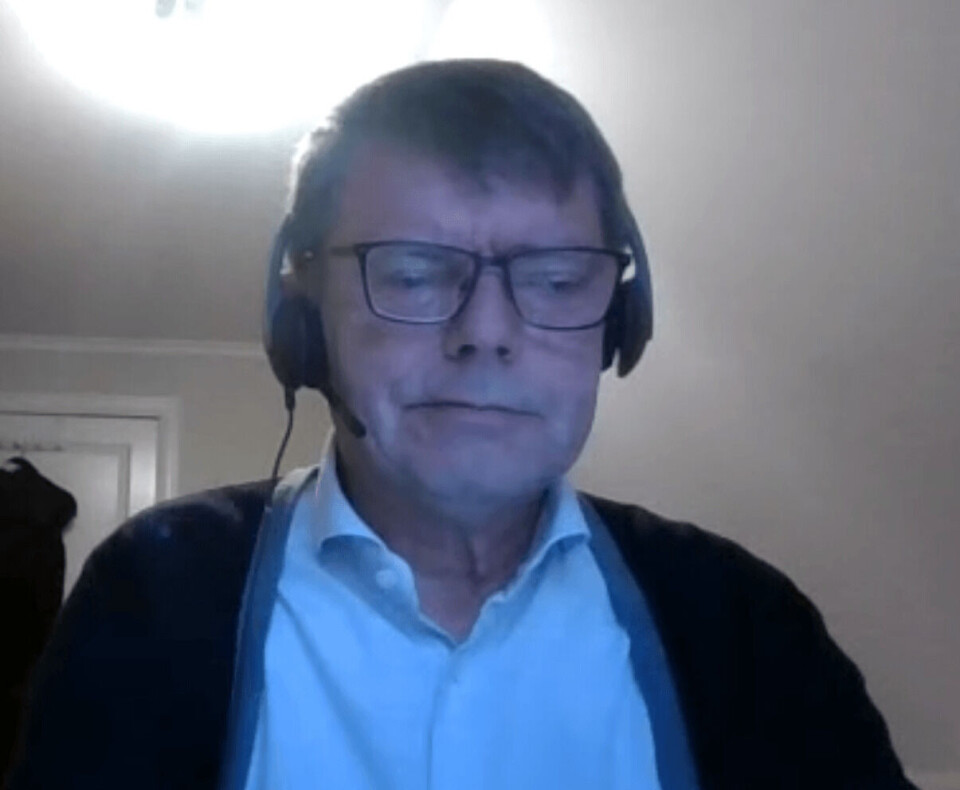
'1.8m tonnes a year can be grown offshore by 2025'
Offshore farming can make up a large part of the fish farming industry in Norway in the years to come, academics have said.
On Monday, the report “The value creation potential and roadmap for aquaculture at sea” was presented in a webinar.
During the event, Professor Ragnar Tveterås from the University of Stavanger and Professor Torger Reve from the Norwegian Business School presented the report they have prepared to highlight the potential for value creation in aquaculture at sea.

New permits
They believe that new technology is required, and new permits should be introduced if the value creation potential for offshore aquaculture is to be realised.
Tveterås said Norway had an advantage in developing facilities far offshore because the country can transfer technology and knowledge from offshore operations and the maritime sector.
A well-known goal that several politicians have stated for aquaculture is a sustainable production of 5 million tonnes by 2050, which is somewhere between three and four times higher than today.
NOK 100 billion
Tveterås and Reve reviewed several estimates for production going forward, and in their most optimistic estimate they believe that 1.8 million tonnes of salmon each year can be produced in cages offshore within 30 years.
If the optimistic estimate materialises, it will mean that offshore farming can provide a value creation of NOK 100 billion (£8.6bn) annually, which is as much as the entire Norwegian fish farming business today.
“In the next 10-year period, we will innovate further to make this safer, more secure and good for the fish,” Tveterås said during the webinar.
He believes the preliminary results from farming at sea are good.
Better results
“Ocean Farm (operated by SalMar) and Atlantis Subsea (a collaboration between fish farmer SinkabergHansen and supplier AKVA group) report better growth, lower mortality and far fewer lice challenges than conventional aquaculture,” said the professor.
Tveterås and Reve say the state should design a new licensing scheme with technology development licences. The permits should play a role in:
• Contributing to solving biological, environmental and technological challenges.
• Increasing technological diversity necessary to find those technologies that can compete on production costs and be sustainable.
• Increasing the pace of innovation to develop new technological aquaculture concepts for exposed waters more quickly.
• Sharing knowledge from technology development permits with the industry and society, including contributing to increased knowledge about the fish’s biology, health and welfare in exposed localities
• Technology development permits must be designed so that they provide incentives for significant private investments and financial risk-taking for the individual development project.
The webinar was organised by Stiim Aqua Cluster, and Norsk Industri, the largest national association in the Confederation of Norwegian Business and Industry.






















































